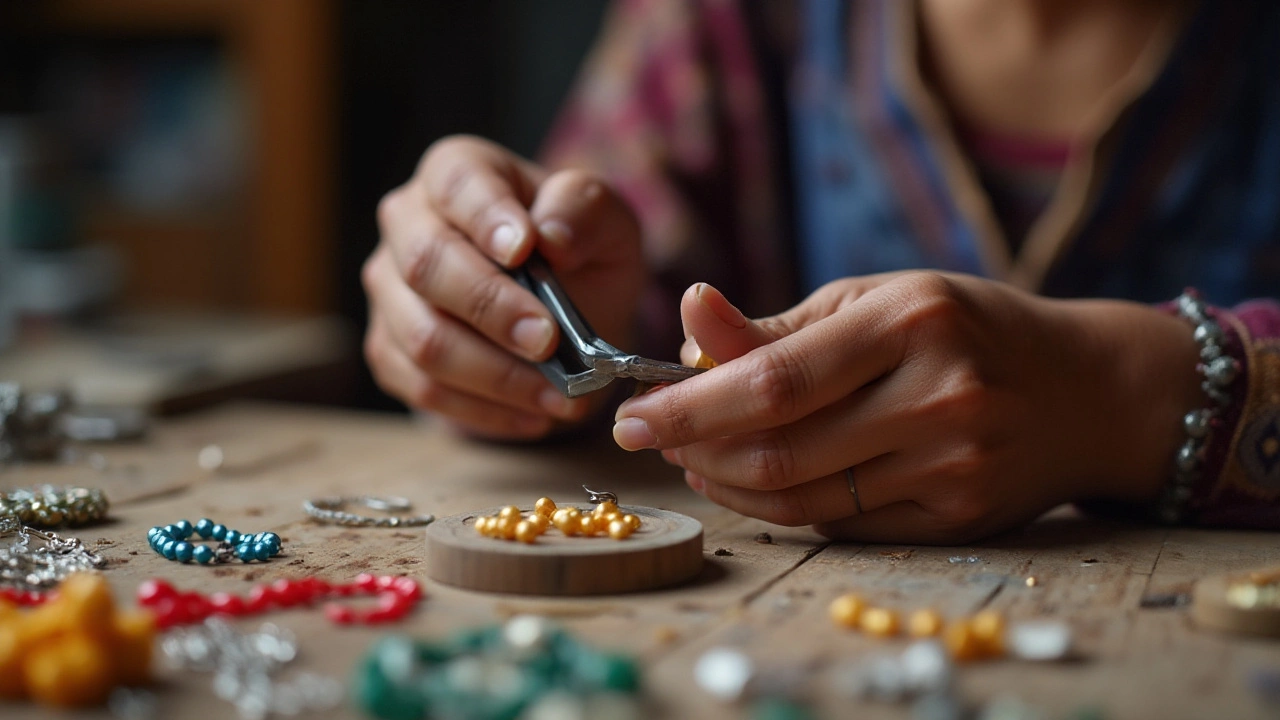Closing Jump Rings – Everything You Need to Know
When working with closing jump rings, small metal loops designed to securely finish a jewelry link. Also called closing rings, they belong to the broader family of jump rings, circular metal findings used to connect components. To open and close them you’ll reach for a pair of pliers, flat‑nose or chain‑nose tools that give you control over the metal, and often finish the assembly with a matching clasp, the visible fastener that holds a necklace or bracelet together. The metal can be silver, gold‑plate, brass or copper, and each finish reacts differently to polishing and wear. Because a closing jump ring is essentially a tiny hinge, its inner diameter and wire gauge dictate how easily it opens and how strong the final bond will be. Choosing the right size prevents weak links and saves time during assembly.
Choosing the Right Closing Jump Ring
Closing jump rings come in a range of gauges, finishes, and alloys, so picking the proper one hinges on the piece you’re building. A 20‑gauge sterling‑silver ring works well for delicate earring hooks, while a 16‑gauge gold‑plated ring offers enough strength for a heavy pendant chain. The interior diameter determines the opening width; a ring that’s too small will frustrate you with stiff pliers, whereas one that’s too large can leave a loose, rattling connection. This is why many designers pair the ring with a clasp that matches the metal tone; the clasp not only adds visual appeal but also reduces stress on the ring when the jewelry is worn. If you’re adding beads or fabric cords, consider a softer‑finished ring to avoid scratching. Matching the ring’s finish to the overall design—whether matte, polished, or antique—keeps the look cohesive and professional.
To keep your closing jump rings looking polished, always check for sharp edges after you close them—use the same pliers to gently squeeze the seam until it’s smooth. If you’re working with delicate chains, a tiny piece of jewelry wire can be crimped around the ring for extra security. Many artisans treat copper or brass rings with a light anti‑tarnish coating, extending the life of the piece and maintaining its colour. Whether you’re crafting a simple bracelet, an intricate pair of earrings, or a custom‑made necklace, the right combination of jump rings, pliers, and clasp makes the assembly process fast and reliable. Below you’ll find articles that dive deeper into selecting the best findings, troubleshooting common issues, and exploring trendy designs that use closing jump rings.
